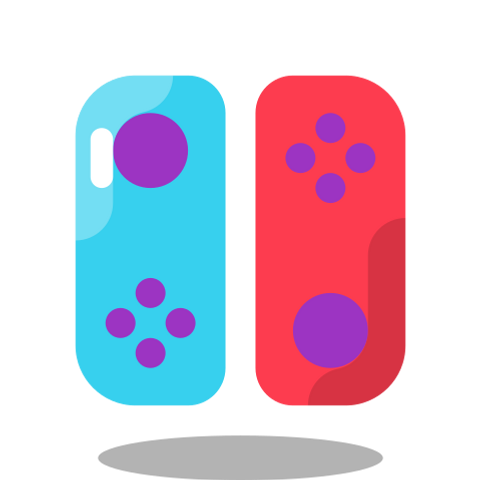Beautiful Plants For Your Interior

Game illustration is one of the most creative and rewarding fields in the entertainment industry. From designing characters that players connect with to creating immersive environments, illustrators shape the visual identity of video games. As the global gaming market continues to expand, the demand for skilled illustrators grows with it. For aspiring artists, understanding the career paths and opportunities available in game illustration can help set clear goals and guide professional development.
The Role of a Game Illustrator
Game illustrators are responsible for visualizing concepts that bring game worlds to life. They create characters, props, environments, and promotional artwork that define the tone and style of a game. While some illustrators focus on concept art, others specialize in production artwork or marketing illustrations. Regardless of the role, the work requires both creativity and technical understanding, balancing artistic vision with the needs of gameplay and storytelling.
Career Paths in Game Illustration
There are several professional directions available for game illustrators, each offering unique opportunities.
- Concept Artist — Concept artists create the initial designs for characters, worlds, and objects. Their work provides the foundation for 3D modelers, animators, and developers. This role requires strong imagination and the ability to produce quick iterations.
- Character Designer — Specializing in characters, these illustrators focus on personality, proportions, costumes, and expressions. Their work is crucial for creating memorable protagonists, villains, and supporting roles.
- Environment Artist — Environment illustrators design landscapes, architecture, and interiors. They establish the mood of a game’s world and ensure that the environment supports gameplay and narrative.
- Prop and Asset Illustrator — Props, weapons, vehicles, and other in-game items require careful design. Illustrators in this role ensure that these elements fit seamlessly into the game world.
- Promotional Illustrator — These artists create marketing materials such as posters, key art, and splash illustrations that attract players and represent the game’s identity.
Freelancing vs. Studio Work
Game illustrators can choose between freelancing and working in a studio. Freelancers enjoy flexibility and the ability to work with clients worldwide. They often take on a variety of projects, from small indie games to promotional campaigns. However, freelancing requires strong self-discipline, marketing skills, and client management.
Studio work offers stability, collaboration, and long-term projects. Working with a team provides valuable experience, mentorship, and the chance to contribute to large-scale productions. Many artists choose to start in studios to gain experience before transitioning to freelancing or independent work.
Skills That Lead to Opportunities
While artistic ability is essential, other skills play a major role in advancing a career in game illustration. These include:
- Collaboration — Working closely with game designers, developers, and other artists to align visuals with gameplay.
- Adaptability — Adjusting styles to fit the artistic direction of different projects.
- Technical Proficiency — Using industry-standard software and tools efficiently.
- Communication — Presenting ideas clearly and receiving feedback constructively.
Developing these skills alongside strong artistic fundamentals makes an illustrator more versatile and employable.
Emerging Opportunities in the Industry
The rise of indie games, mobile platforms, and digital distribution has created new opportunities for illustrators. Smaller studios often seek artists who can handle multiple aspects of design, giving beginners more chances to gain experience. In addition, fields like virtual reality, augmented reality, and interactive storytelling are expanding the need for illustrators who can adapt to new formats.
Illustrators can also branch out into related industries, such as animation, comics, film, and advertising, where their skills in storytelling and design are equally valuable. Online platforms and communities provide further avenues for exposure, allowing illustrators to build personal brands and attract clients worldwide.
Building a Sustainable Career
Success in game illustration requires more than talent. Consistency, networking, and self-promotion are critical. Maintaining an updated portfolio, participating in online communities, and showcasing work on platforms like ArtStation or Behance helps build visibility. Attending conferences, workshops, or online events can also connect illustrators with industry professionals and potential employers.
